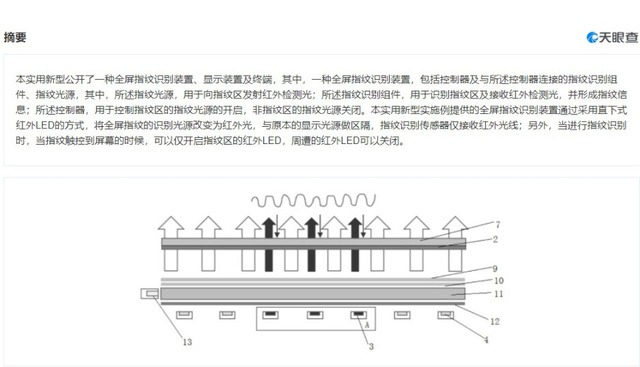Xiaomi has simply carried out a patent for a complete-display screen fingerprint sensor era.
In-show fingerprint sensor technology became certainly something very new and exciting while it first debuted some years ago, but now the era has ended up a ubiquitous factor and not tons else. Things to mention.
Even mid-range and coffee-cost smartphones can be geared up with this era, making them not so special and famous. However, only Apple remains no longer using the fingerprint sensor beneath the display on its iPhones, in all likelihood because Apple thinks the era remains no longer simply whole.

But, Xiaomi is in all likelihood to make Apple trade that mindset, with the aid of taking its under-show fingerprint sensor generation to the next level. The Chinese language cellphone maker has just implemented a patent for full-display fingerprint sensor technology, a massive breakthrough so that it will absolutely alternate the user revel in.
An underneath-show fingerprint sensor has complete-display screen insurance, which means you won’t have to fear approximately wherein your finger is while unlocking your telephone like earlier than. In case you think this is just a small change, then you definitely are virtually wrong.
As for the fingerprint sensor at the conventional home button, you may without difficulty area your finger efficaciously without having to appearance or align something. But with the fingerprint sensor below the display, setting your finger efficiently at the sensor function beneath is honestly a good deal tougher. As an end result, unlocking a telephone, seemingly very simple, becomes complicated and stressful.

In keeping with the cutting-edge Xiaomi patent, the entire-display screen fingerprint sensor era will use a large number of infrared LEDs, positioned beneath the touch layer of the display screen. Those LEDs will project mild, and the light will mirror upon contact with the person’s finger. The pondered light is recorded by a layer of infrared mild receivers, sandwiched among the contact layer and the outermost layer of the display. At the lowest is a regular AMOLED panel.
If organized in order, then on the top might be the capacitive contact layer, then the infrared light-collecting layer, then the infrared light-emitting LED, and eventually the AMOLED panel.
However, Xiaomi’s new generation nonetheless faces an obstacle, because its miles are still an optical fingerprint sensor, no longer an ultrasonic fingerprint sensor like Samsung’s. The ultrasonic fingerprint sensor beneath the display screen is considered to have higher accuracy and reaction pace than the optical fingerprint sensor. But, the use of a complete-display ultrasonic fingerprint sensor isn’t always feasible.






